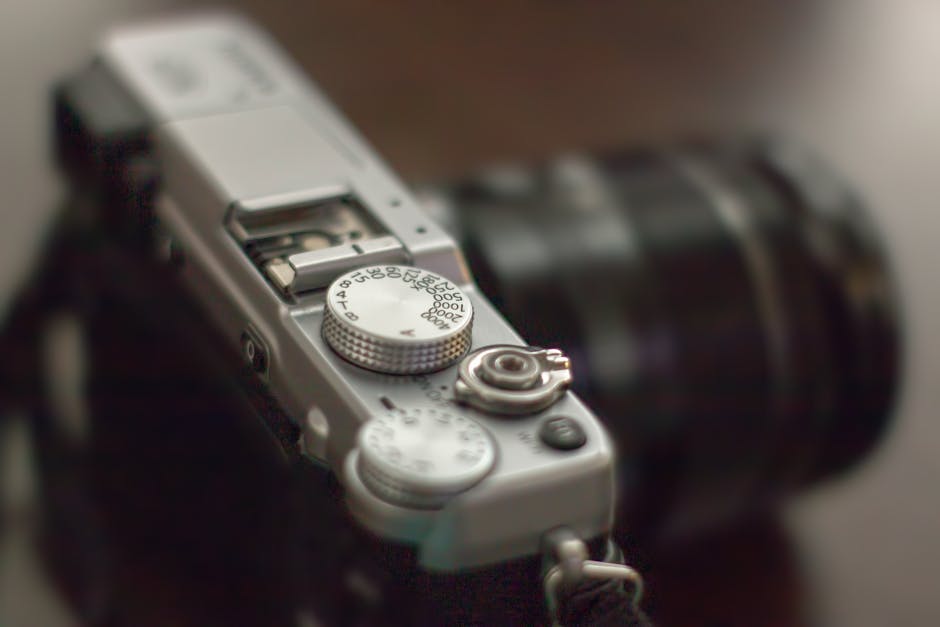**
Ever since OpenAI dropped the first demos of Sora, its text-to-video model, our collective jaws have been on the floor. The hyper-realistic videos generated from simple prompts felt like science fiction. But for many, the immediate next thought was: “Can I make a video of Batman eating a vada pav in Mumbai?”
Well, get ready. In a move that’s both a creative masterstroke and a calculated legal maneuver, that dream is inching closer to reality. Reports indicate that fictional characters are (officially) coming to Sora as OpenAI manages copyright chaos by negotiating directly with Hollywood.
The Looming Copyright Storm
For months, the AI world has held its breath, waiting for the inevitable copyright storm to hit. Generative models like Sora are trained on unfathomable amounts of data scraped from the internet—a digital buffet that undoubtedly includes copyrighted movies, images, and characters. Artists and studios have been gearing up for a legal battle of epic proportions, arguing that their work was used without permission to build these powerful new tools.
OpenAI‘s Proactive Partnership Play
Instead of waiting for the courtroom drama, OpenAI is reportedly going on the offensive by turning potential litigants into partners. The company is in advanced talks with major studios, production houses, and creators to license their intellectual property (IP) for use in Sora.
By striking these deals, OpenAI aims to:
1. Legitimize the use of famous characters within its platform.
2. Create an unshakeable moat around its technology, leaving competitors to fend for themselves against lawsuits.
This strategy is being called the “Spotify moment” for generative video. Just as Spotify and Apple Music solved the music piracy crisis by creating a legal and monetized platform, OpenAI is trying to do the same for visual IP. They are essentially telling the Disneys and Warner Bros. of the world, “Why sue us when you can partner with us and open up a new revenue stream?”
What Licensed Characters in Sora Mean for Creators
This strategic pivot could redefine the future of content creation. Imagine the possibilities:
- Filmmakers could use Sora to pre-visualize complex action sequences featuring a licensed superhero, saving lakhs in production costs.
- Marketing agencies could generate a short ad with a beloved cartoon character without a lengthy animation process.
- Fan-fiction creators could bring their stories to life in stunning, cinematic quality.
Unanswered Questions and the Future of IP
Of course, this proactive approach raises a mountain of questions. What will the pricing model look like? Will generating a video with Iron Man cost more than one with a generic “man in a metal suit”? How will this impact independent creators and smaller studios?
Furthermore, will global entertainment giants like India’s Yash Raj Films or Dharma Productions get a seat at this table, allowing users to generate scenes with characters from the Dhoom or Baahubali universes?
By getting official buy-in, OpenAI sidesteps messy legal arguments about “fair use” and transforms the copyright debate into a commercial negotiation. The line between what’s possible and what’s permissible is being redrawn, not in a courtroom, but in a boardroom. Soon, your imagination won’t just be the limit; your subscription tier might be, too.
**




